Comfrey and Plantain: Favored Skin Healers
COMFREY Symphytum officinale in the family Boraginaceae
Comfrey is surely one of the most versatile, beautiful, easy-to-grow, powerfully medicinal herbs that I have ever known. It is a perennial, native to my part of the world which grows FAST; up to 5’ high and acts as a thick ground cover, choking out weeds underneath. Plant comfrey wisely for she is greedy and will want more space, rapidly spreading without permission. Leaves can be as large as 3-4’ in length from stem to tip and they are furry feeling and slightly stickery. They remind me of Velcro in their behavior. If dried on towels, they have to be peeled off as they want to stick to fabric.
When people ask me, “What is your favorite herb?” Without hesitation, my answer is, “my greatest ally is Comfrey.” I use it to bring beauty and pollinators to the landscape, as a fertilizer for the farm, as a ground cover and medicinally in my salves and balms.
Comfrey possesses showy purple (or white) bell-shaped flowers which attract a variety of insects, bees and butterflies and can be planted within 25 ft. of fruit trees, berries, tomatoes, squash, and wildflowers to assist in pollination. The bees and butterflies will challenge me when I harvest comfrey leaves but inevitably, we agree to accept that this magnificent plant has benefits for us all and must be shared.
Comfrey brings nutrients nitrogen, potassium and phosphorous to the surface of the soil and therefore, intentionally planting comfrey under fruit trees and near vegetables creates more fertile usable soil. I also gather comfrey leaves, chop them and place in buckets filled with water. I leave the “brew” to sit for about a week. This liquid can then be applied as a green manure to fertilize other plants. Chopping the leaves and placing them directly under plantings and allowing them to compost in place also acts as an excellent natural fertilizer.
Comfrey, in all her glory, is one of the greatest skin healers known to the herbal world. It is also called “knitbone” due to its high capacity to heal and its high calcium content. It has been proven to speed up the healing process of broken bones when used as a poultice. I keep several jars of comfrey oil on hand to readily produce Wild Ivy Herb Farm’s R & R Salve or to use in cases of stings or insect bites. In fact, comfrey heals the skin so quickly, it is recommended not to use it on a skin infection as the wound will heal over the infection causing internal issues. Always clean out infection before using comfrey as a healer. While infused oil is extremely useful to have on hand, the leaves are equally so. Comfrey is only recommended for topical use, not to be ingested due to volatile chemical components which could be dangerous to humans if not taken correctly. Comfrey contains allantoin, inulin, tannins, saponins, and beneficial proteins allowing for a high level of antioxidants and Vitamin C. Other properties of comfrey include anti-inflammatory, immune and respiratory support.
During a workshop on the farm, I received a bee sting. I cut a comfrey leaf, chewed it and held it to the sting. Within a minute, the swelling and pain were gone. The workshop participants teased me that I didn’t need to go to such lengths to prove the value of comfrey! Ha!
PLANTAIN Plantago major in the family Plantaginaceae
Most think of plantain as an obnoxious weed that grows in lawns and in sidewalk cracks, along driveways and gravel paths. Plantain is a healer much like comfrey and is held in high esteem by herbalists the world over. As far as we know, the use of plantain dates back to the 10th century for its medicinal and nutritional value.
Plantains contain mucilage, tannins, and iridoid glycosides, all of which are believed to give it antimicrobial, anti-inflammatory, and expectorant properties. It contains iron, calcium, potassium, and vitamins A, K, C, and B, making it a healthy and delicious edible plant. Add a few young tender leaves to a fresh salad or cook them like you would a leafy green to benefit from this nourishing plant.
Plantain exhibits antiviral capability to help ward off colds and flu. A cough syrup or tea may be made using the aerial parts of the plant. It is also a great ally for skin irritation as it contains allantoin to help with eczema, acne, and other skin irritations. Like comfrey, plantain can be used in a salve or raw to help with insect bites, stings and minor cuts and scrapes. It has been discovered that plantain can help with ulcers and the seeds can be utilized to help with chronic constipation and irritable bowel syndrome. The seeds are better known as black psyllium and can also help to lower high cholesterol and regulate blood sugar. There are many cautionaries regarding the seeds of the plant so please consult a herbalist or doctor before dosing any bowel irregularity. The use of the seeds may not be safe during pregnancy. Plantain may interfere with certain pharmaceutical medications so consult a doctor before using if you are taking prescription meds.
This information has not been evaluated by the FDA and is not intended to diagnose, treat, cure or prevent any disease.
